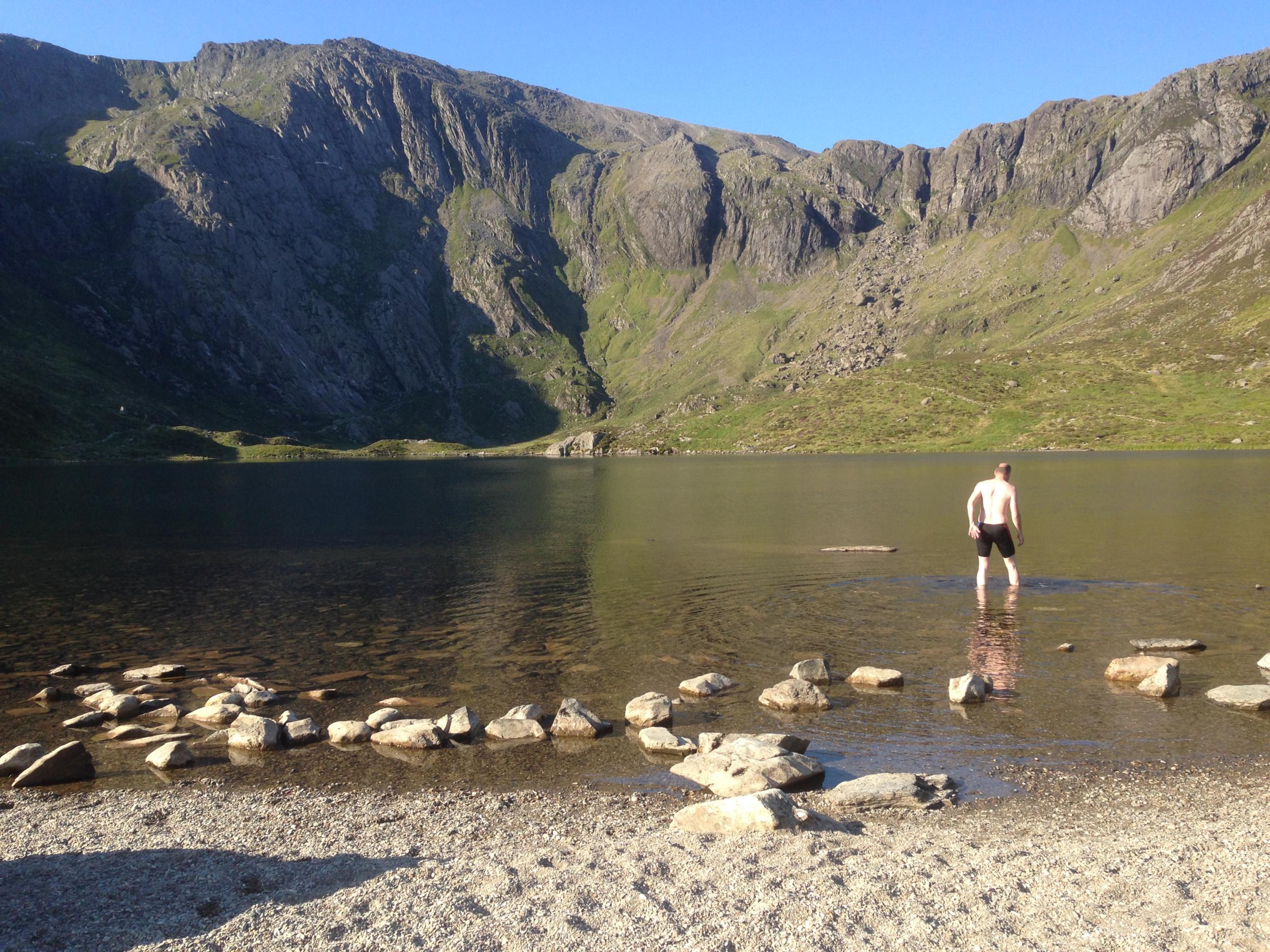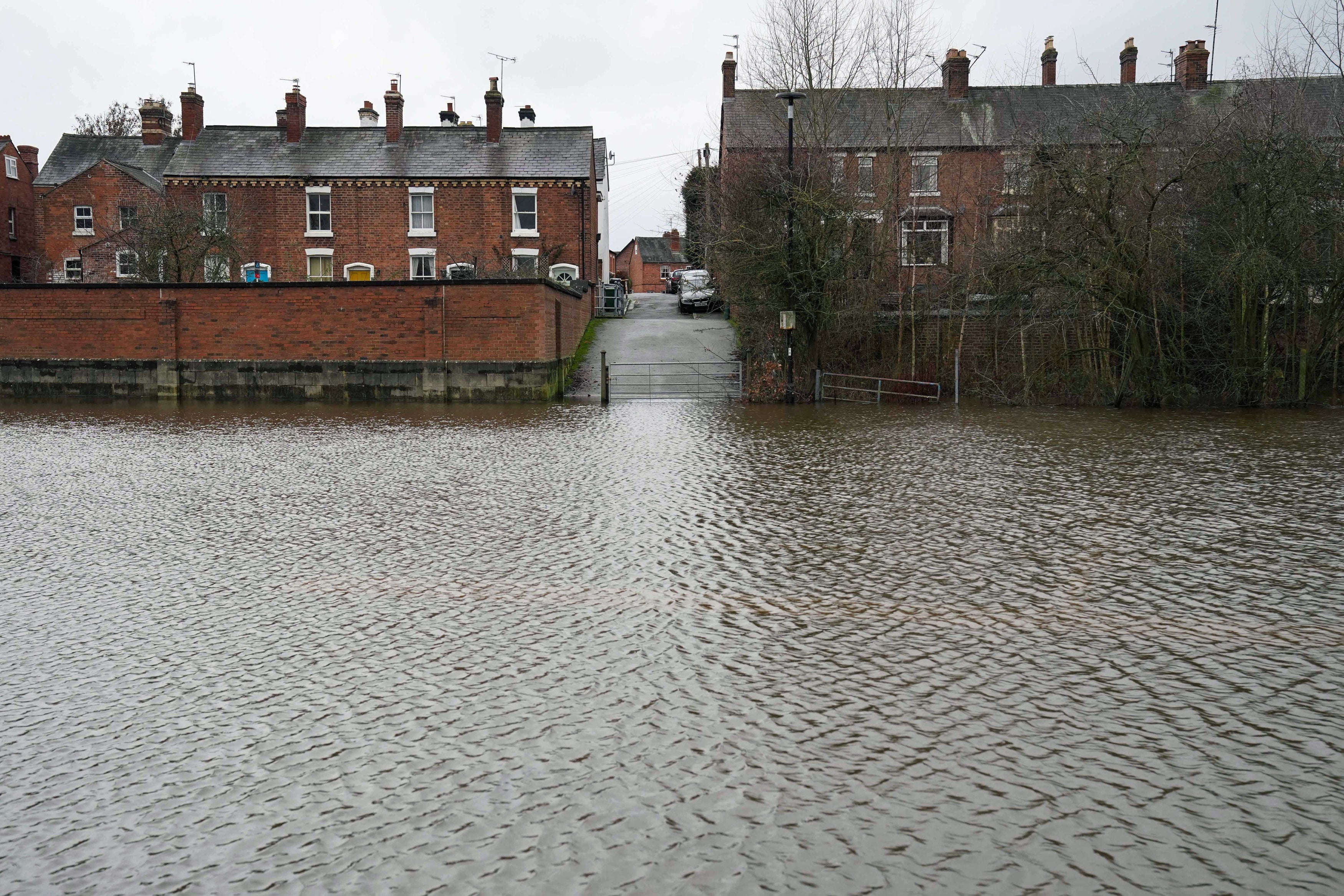The 27 new wild bathing spots being created across England
England’s rivers and coastal waters suffer pollution from sewage outlets and other sources such as agricultural runoff

A total of 27 new spots are set to be designated as official swimming spots by the government.
The sites, many of which are in rivers and lakes, will significantly boos the number of such official inland swimming areas.
If designated, the sites would receive regular water monitoring by the Environment Agency, which would investigate pollution sources and identify steps to be taken in response, officials said.
People would be able to see whether it was safe to swim in the waters, which include popular “wild swimming” spots.
The Environment Department (Defra) said last year 96% of bathing waters in England met minimum annual standards and 90% were rated as “good” or “excellent”.
But there has been growing public anger over the state of England’s rivers and coastal waters, which suffer pollution from sewage outlets and other sources such as agricultural runoff.
The proposed new bathing sites include the River Severn at Ironbridge and at Shrewsbury in Shropshire, Wallingford Beach on the River Thames in Berkshire, the River Wharfe at Wetherby, West Yorkshire, and the Cam at Sheep’s Green, Cambridge.

In addition, several spots on Coniston Water and one on Derwent Water, in Cumbria, would be added to the list under the plans.
The list of 27 proposed sites also includes several on the River Dart Estuary in Devon, and beaches in West Sussex, Dorset and Tyne and Wear.
The full list of new swimming spots
The sites being considered for designation are:
Church Cliff Beach, Lyme Regis, Dorset
Coastguards Beach, River Erme, Devon
Coniston Boating Centre, Coniston Water, Cumbria
Coniston Brown Howe, Coniston Water, Cumbria
Littlehaven Beach, Tyne and Wear
Manningtree Beach, Essex
Monk Coniston, Coniston Water, Cumbria
River Avon at Fordingbridge, Hampshire
River Cam at Sheep’s Green, Cambridge, Cambridgeshire
River Dart Estuary at Dittisham, Devon
River Dart Estuary at Steamer Quay, Totnes, Devon
River Dart Estuary at Stoke Gabriel, Devon
River Dart Estuary at Warfleet, Dartmouth, Devon
River Frome at Farleigh Hungerford, Somerset
River Nidd at the Lido Leisure Park in Knaresborough, North Yorkshire
River Ribble at Edisford Bridge, Lancashire
River Severn at Ironbridge, Shropshire
River Severn at Shrewsbury, Shropshire
River Stour at Sudbury, Suffolk
River Teme at Ludlow, Shropshire
River Tone in French Weir Park, Taunton, Somerset
Wallingford Beach, River Thames, Berkshire
Derwent Water, Crow Park, Keswick, Cumbria
River Wharfe at Wetherby Riverside, West Yorkshire
Goring Beach, Worthing, West Sussex
Worthing Beach House, Worthing, West Sussex
Rottingdean Beach, Rottingdean, East Sussex
There were 424 designated bathing waters in England in 2023, with only a handful of them inland, and the vast majority on the coast.
Making the announcement on what was described as the largest ever rollout of new bathing sites, water minister Robbie Moore said: “Many people enjoy spending time in our rivers, lakes and coastal beaches, and I am very aware of the value they bring in terms of social, health and wellbeing benefits.
“I want to continue to improve the quality of our bathing waters, which is why we are taking action across the board to drive up standards and hold water companies to account.
“I encourage all local communities and organisations with an interest to take part in this consultation and have their say.”

Defra said the sites put forward for consultation, which runs until March 10, were chosen based on how many people bathe there and whether it has suitable facilities such as toilets.
The department said the consultation on the new designations would build on recent improvements to the water environment, which includes boosting the number of water company inspections by the Environment Agency, and requiring a £60 billion infrastructure programme over 25 years.
But Liberal Democrat environment spokesperson Tim Farron said: “Conservative ministers have finally buckled to Liberal Democrat demands for more bathing water sites, but the grim truth is water firms have dumped over 400,000 hours of sewage into swimming spots since 2020.
“The government has yet again been dragged kicking and screaming to take action on water quality.
“However, this is yet another half-baked announcement, which does not ban water firms from dumping sewage into bathing water areas.”
Join our commenting forum
Join thought-provoking conversations, follow other Independent readers and see their replies
Comments